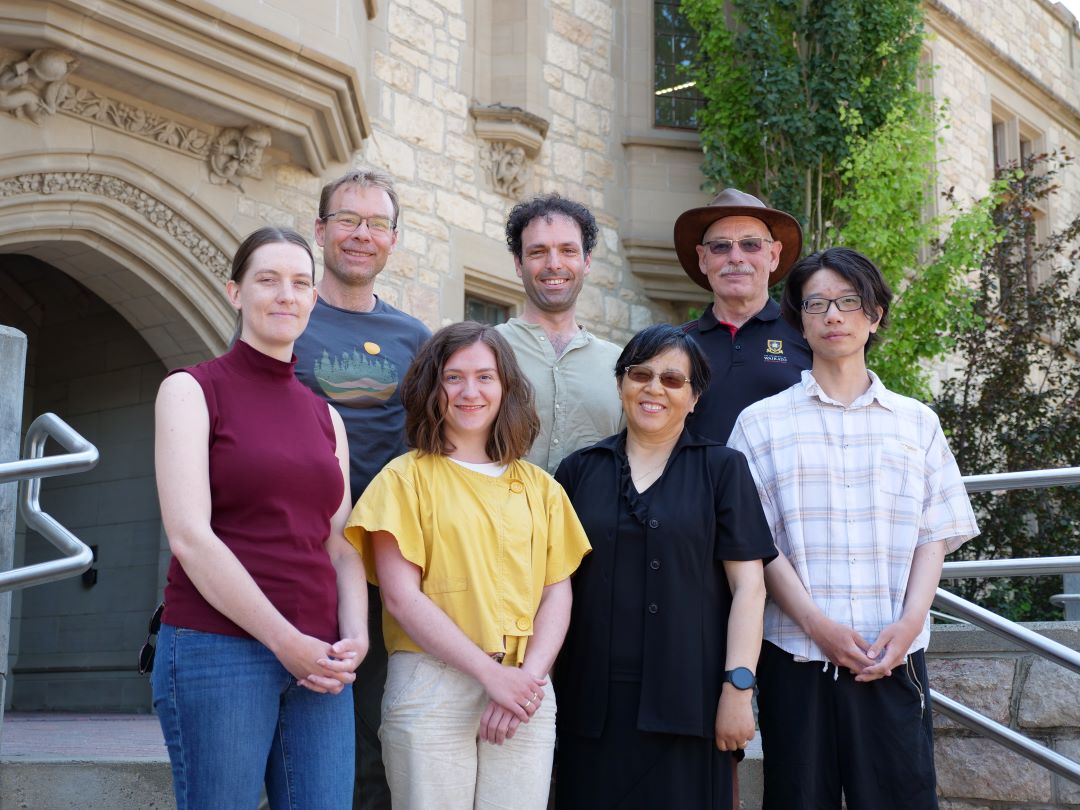Key Takeaways
- CSA Grants Awarded: Two research projects from the University of Saskatchewan (USask) have received funding from the Canadian Space Agency (CSA) as part of the Research Opportunities in Satellite Earth Observation initiative.
- Focus on Emission Mapping: One project led by Dr. Steve Shirtliffe aims to use satellite imagery and machine learning to map nitrous oxide emissions in agricultural fields across Western Canada.
- Conserving Grasslands: A second project, led by Dr. Xulin Guo, focuses on using satellite technology to monitor and mitigate woody plant encroachment in Canadian grasslands.
- Training Future Researchers: Both projects emphasize the development of Highly Qualified Personnel and future researchers in these emerging fields.
Mapping Agricultural Emissions with Satellite Technology
Dr. Steve Shirtliffe, a researcher from the College of Agriculture and Bioresources at USask, is leading a project funded by the CSA with a grant of $437,676 over three years. The project aims to identify “hot spots” in agricultural fields where nitrous oxide emissions are likely to be highest. These emissions, primarily from nitrogen-based fertilizers, contribute to greenhouse gas levels.
The research will integrate satellite imagery with field data and machine learning to map areas of potential high emissions. By identifying these areas early, farmers can implement targeted strategies to reduce emissions, improving both environmental outcomes and farm productivity. The project seeks to map fields across Western Canada, offering a comprehensive approach to emission reduction in agriculture.
Monitoring Grassland Encroachment Using Satellite Imagery
Another USask project, led by Dr. Xulin Guo from the Department of Geography and Planning, has received $312,000 in funding over three years from the CSA. This research focuses on the encroachment of woody plants into Canadian grasslands, a significant factor in the degradation of these ecosystems.
The project aims to use optical and radar satellite imagery to accurately map the spread of woody plants in Saskatchewan and other regions. The goal is to provide land managers with data to help conserve grasslands, which are vital for biodiversity, wildlife habitat, and the livestock industry. The research also seeks to assess the economic and environmental benefits of preserving healthy grasslands.
Emphasis on Training and Development
Both projects place a strong emphasis on training and developing future researchers. The funding from the CSA will support the education and training of Highly Qualified Personnel, helping to build expertise in satellite Earth observation initiative and its applications in environmental and agricultural sciences.
These initiatives reflect the University of Saskatchewan’s commitment to advancing research that addresses critical environmental challenges while providing practical benefits to industry and society. The use of cutting-edge satellite technology in these projects demonstrates the potential for innovation in managing and conserving natural resources across Canada.



2 Comments